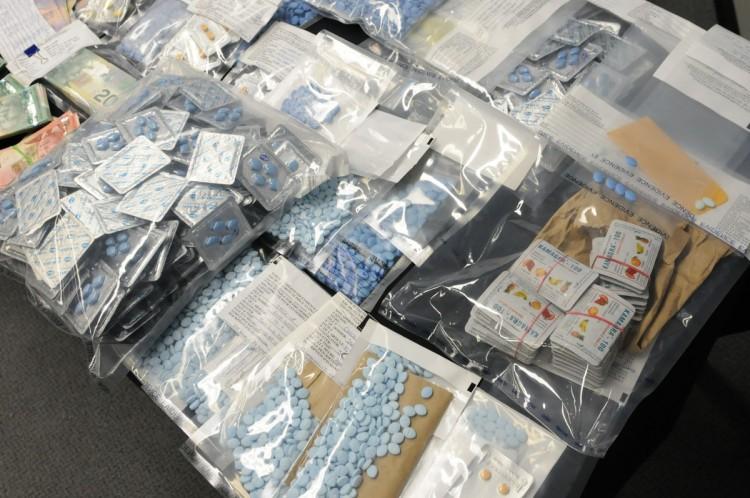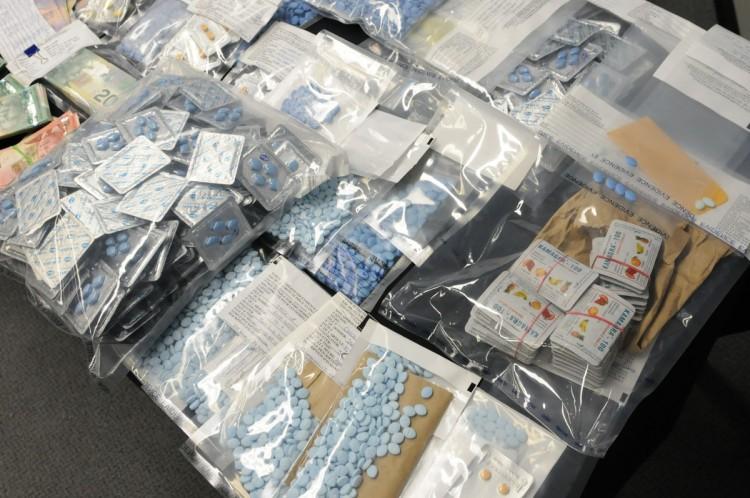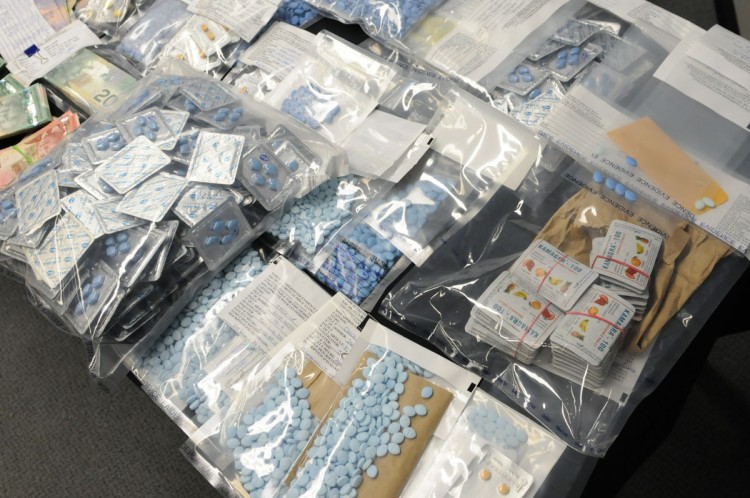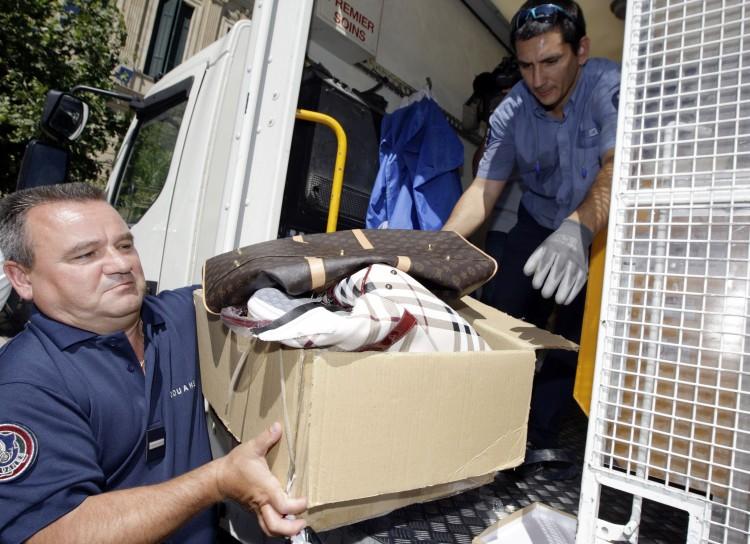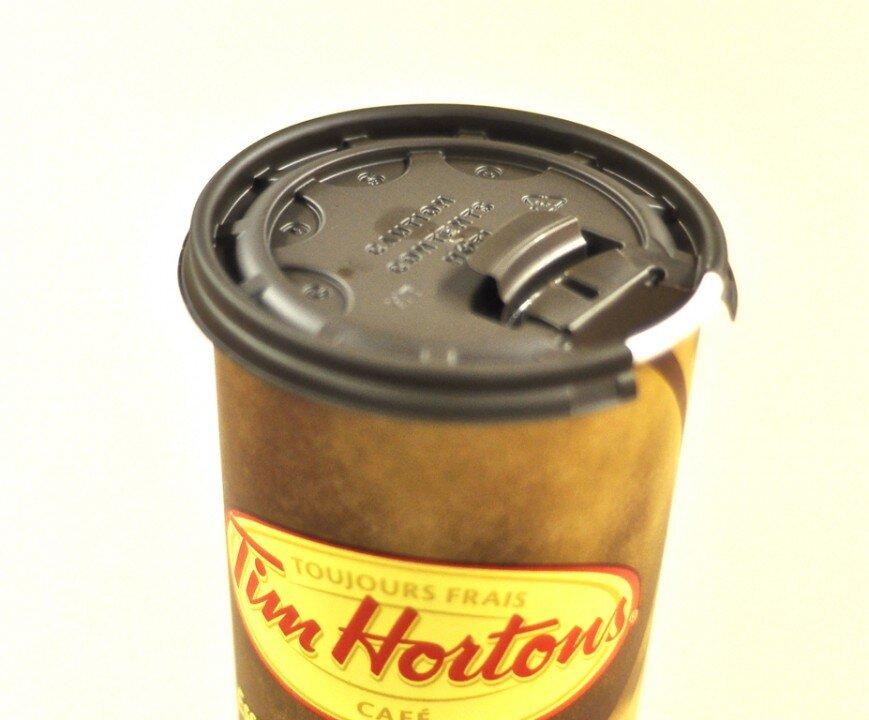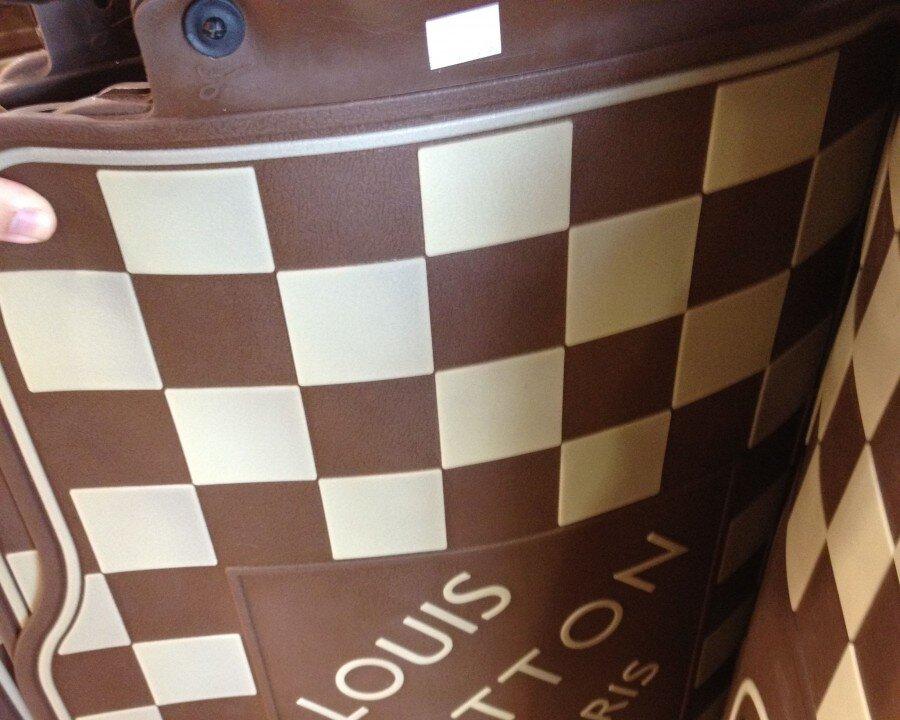This article is the first of a three part series on counterfeit goods in Canada.
TORONTO—Counterfeiters have moved beyond knock-off Rolexs and fake Louis Vuitton handbags to more ambitious—and dangerous—territory: medical drugs and electronics.
Lorne Lipkus, an attorney and the chair of the Canadian Anti-Counterfeiting Network’s Education and Training Committee, says that when he first started dealing with anti-counterfeit in the 1980s, “it was really only cheap apparel and luxury goods.”
Today, he sees counterfeit branching into extension cords, Christmas lights, hair irons, Bluetooth headsets, and batteries—potentially dangerous items that don’t seem like obvious counterfeit targets.
